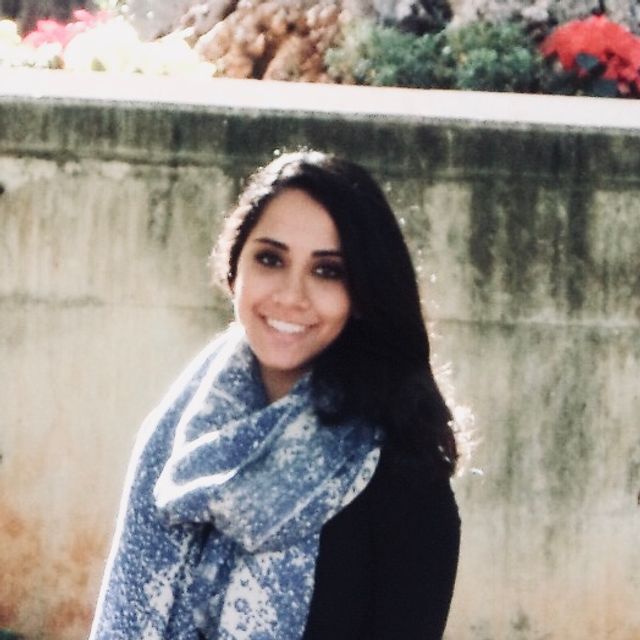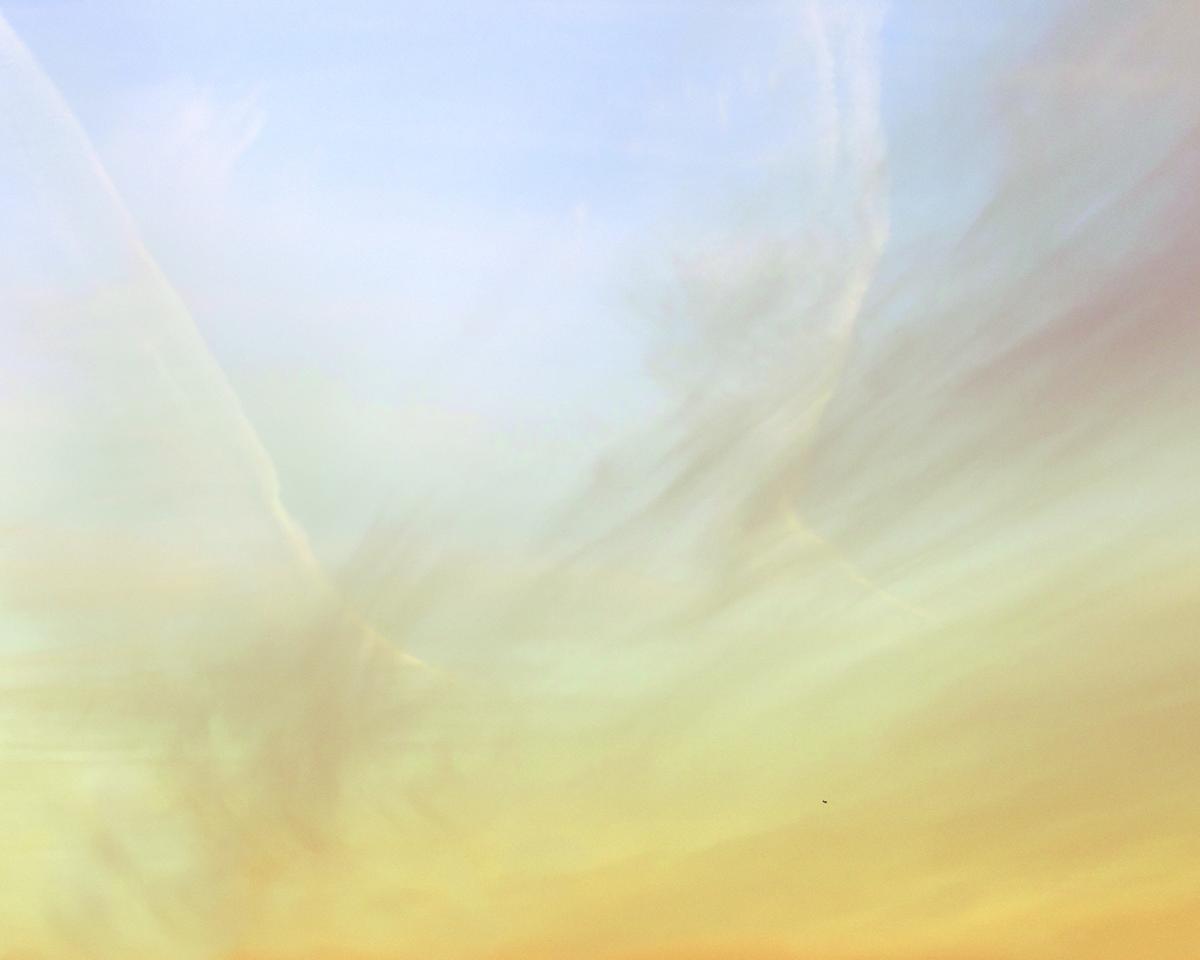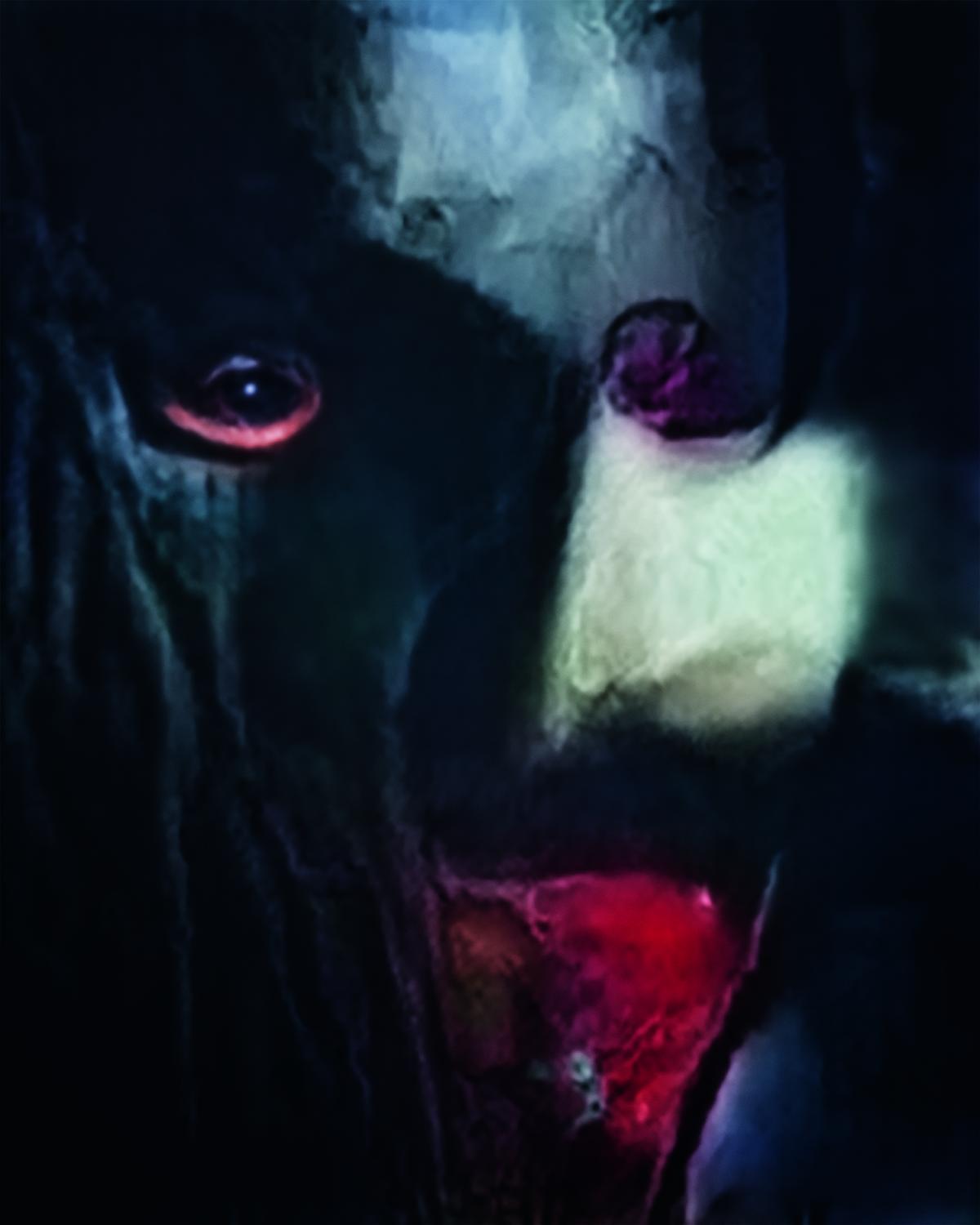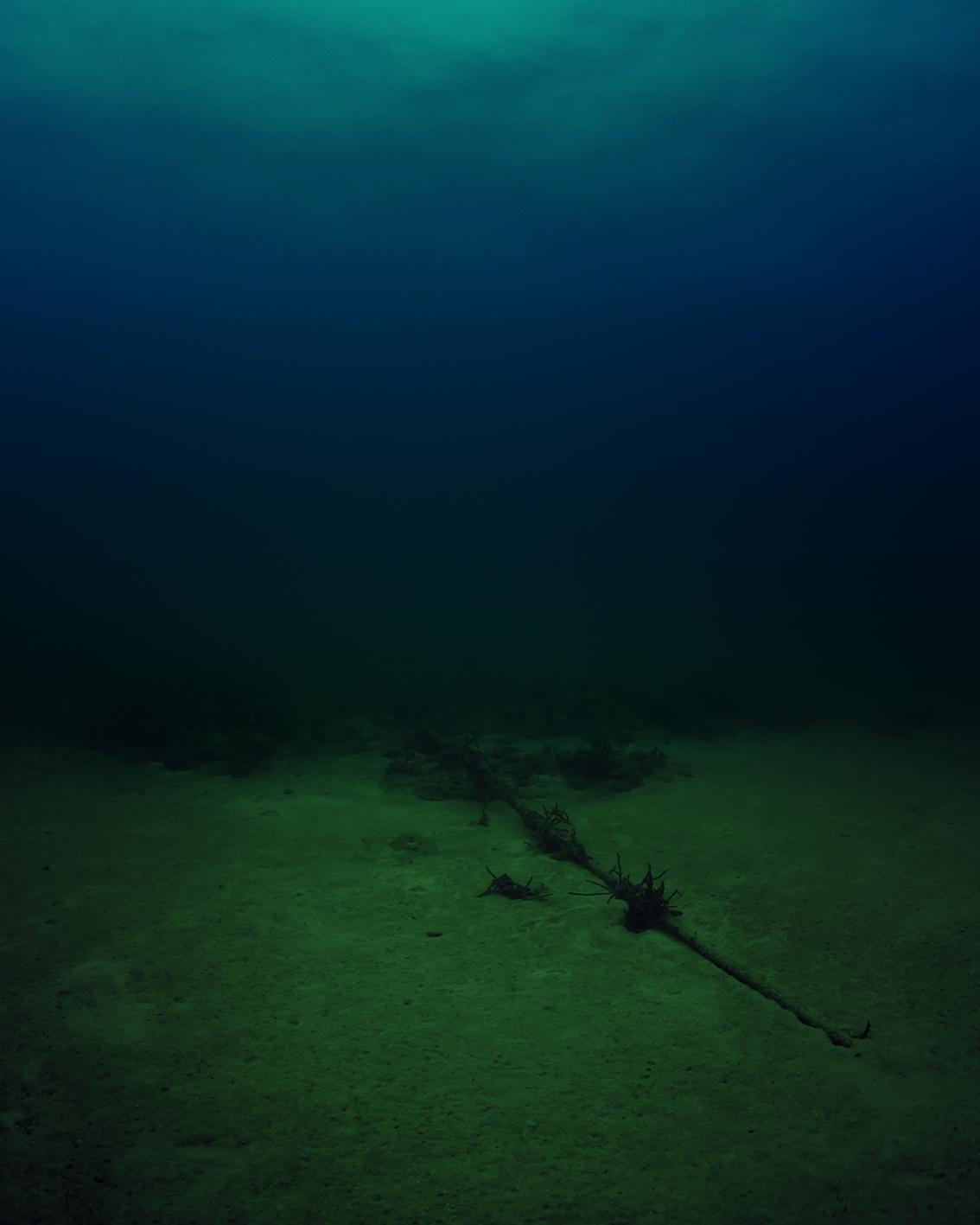
The sky in Trevor Paglen’s Untitled (Reaper Drone) is like any other: powder blues give way to fainter corals, a cloud of white streaks across the frame. What the photograph conceals though, is a Reaper Drone, an unmanned aerial vehicle. The print, one of more than 100 works in the upcoming Smithsonian American Art Museum exhibition, Trevor Paglen: Sites Unseen, is as sanguine as it is surreptitious, inviting viewers to question the very essence of surveillance and to ask themselves whether a surreal sky or landscape can ever be just that.
Born in Camp Springs, Maryland, in 1974, Paglen’s childhood spent on military bases made him both familiar with and empathetic to its culture. Long fascinated by the politics of place, Paglen, who holds a PhD in geography from the University of California, Berkeley, found his footing in the field with a project on the architecture of the California prison system. In keeping with Paglen’s method of close looking, the artist’s recent work on machine-vision research brings to the fore images by machines, for machines, and examines what those photographs reveal about ourselves.
In one of Paglen’s most affecting photographs—a print cryptically titled Vampire—an obscured face stares out at the viewer, a mask of blue, white, and red behind which lie two misshapen, bloodstained eyes. But the battered face is not a victim’s. It is the product of an artificial intelligence (AI) system trained with tens of thousands of images categorized under the classification “Monsters of Capitalism” and programmed to produce a picture of its own. The work’s close study of the machinic gaze, at once unsettling and unforgettable, raises new questions about what AIs see when they look out at the world and what that, in turn, reveals about one’s own sight, a gaze that is quintessentially human.
By examining the invisibility of these systems and bringing that very ambiguity to light, Paglen is reimagining what an alternative future might look like. One of his latest projects, aptly titled Orbital Reflector, is a one hundred-foot-long reflective satellite shaped like an elongated diamond. Developed in collaboration with and co-produced by the Nevada Museum of Art, Orbital Reflector is scheduled to launch in Fall 2018 and will be visible to the unaided eye before harmlessly burning up in the Earth’s atmosphere several months after launch. The seemingly fleeting project, in Paglen’s summation, is both “beautiful and self-contradictory, challenging, as it does, common sense."
Another of Paglen’s photographs, this one a dimly lit seascape, takes as its subject a sea floor barely visible in the densely saturated print and punctuated by a single line cutting across the frame. The seascape, serene in its otherworldly glow, reveals, upon closer inspection, an NSA-tapped communication cable, one exposed by Edward Snowden and running through the Bahamas. The print, an image as placid as it is puzzling, prompts new questions about what secrets and, perhaps more importantly, what systems, lie just beneath the surface.
Paglen’s works recast the infrastructure of surveillance not as a set of secrets to be exposed, but as a system that shapes human activity—one that, more than anything else, warrants a closer look.
Trevor Paglen: Sites Unseen opens at SAAM on June 21, 2018 before traveling to venues in California and Austria. Paglen’s artist talk, free and open to the public, will be held on Wednesday, June 20, at 6 p.m. in the museum's McEvoy Auditorium, and will also be available by webcast.





















